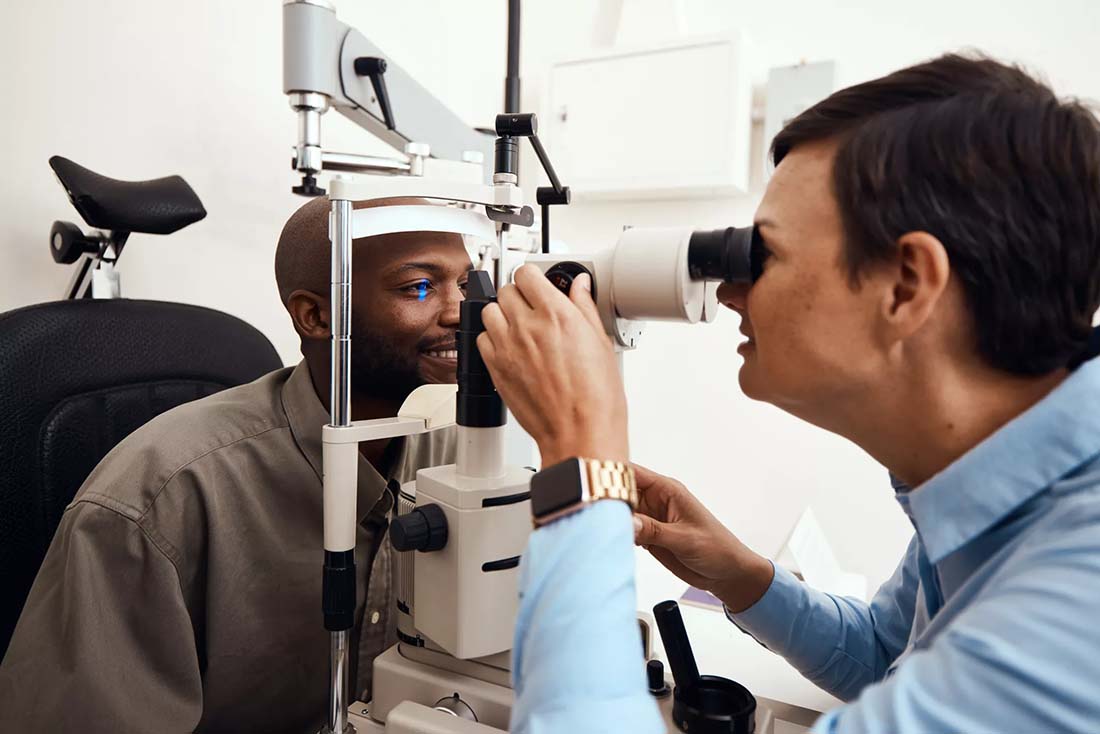Are you overlooking subtle changes in your vision? Understanding early cataract symptoms is crucial for timely intervention and maintaining eye health. This article explores the hidden signs of cataracts, emphasizing the importance of identifying these early indicators to prevent significant vision impairment.
Blurry Vision and Cloudiness
Cataracts primarily manifest as progressive blurriness and cloudiness in vision, symptoms that often go unnoticed until they significantly impact daily activities. The lens of the eye, made mostly of water and protein, is designed to remain clear to allow light to pass through. However, as we age, some of the proteins may clump together and start to cloud a small area of the lens. This is the beginning of a cataract, and over time, it may grow larger and cloud more of the lens, making it harder to see.

As the cataract develops, individuals might notice a gradual decrease in clarity, which can be likened to looking through a foggy or dusty car windshield. Activities such as reading, driving, or recognizing faces become challenging. Here are specific ways in which blurry vision and cloudiness can affect daily life:
- Difficulty Reading: Small print becomes harder to decipher as texts appear blurred.
- Impaired Driving: Drivers may find it difficult to see road signs or judge distances accurately.
- Misidentification: Recognizing faces or common objects can be troublesome, leading to social awkwardness or miscommunication.
Understanding cataract symptoms is crucial for early detection and treatment, helping to maintain not only visual health but also overall quality of life. Early consultation with an eye care professional can prevent these symptoms from progressing to more severe stages, emphasizing the importance of regular eye exams.
Increased Sensitivity to Light
Another significant symptom of cataracts is an increased sensitivity to light and glare, which can severely disrupt daily activities. This sensitivity occurs because the clouded lens scatters light as it enters the eye, rather than focusing it precisely on the retina.
The impact of this symptom extends to several everyday situations, particularly:
- Driving at Night: The headlights of oncoming cars can appear more dazzling, making it difficult to see the road clearly.
- Outdoor Activities: Exposure to bright sunlight can be painful and disorienting, reducing the ability to participate in outdoor sports or activities.
- Working Under Bright Lights: Office environments or other brightly lit settings can become uncomfortable, potentially decreasing productivity.
An eye care specialist can assess the extent of cataract development and discuss potential treatment options. Addressing light sensitivity not only improves comfort but also enhances safety and quality of life, especially in visually demanding situations.
Understanding Cataract Symptoms: Difficulty with Night Vision
Cataracts significantly impair night vision, making it particularly challenging to see in low-light conditions. This difficulty arises because the clouded lens reduces the amount of light that reaches the retina, crucial for vision in darker environments. As the cataract progresses, less light penetrates the eye, and night vision worsens, complicating tasks that require subtle visual distinctions.
Here are some specific challenges faced by individuals with compromised night vision:
- Recognizing Pedestrians: Diminished night vision can delay the recognition of pedestrians crossing the road, increasing the risk of accidents.
- Identifying Road Signs: Important navigational cues become harder to see, which can lead to missed turns or wrong routes.
- Adjusting to Darkness: Transitioning from well-lit to poorly-lit environments can take longer, affecting the ability to navigate safely.
Early diagnosis and management of cataracts can help mitigate these risks and improve night-time visual function, enhancing safety and independence in low-light conditions.
Color Fading and Yellowing
Cataracts can significantly alter the way colors are perceived, often causing them to appear faded or yellowed. This color distortion happens because the lens, clouded by the cataract, acts as a filter that dims and tints the incoming light. As a result, the vibrancy and contrast of colors are greatly reduced, which can affect daily tasks and diminish the overall quality of life.
Individuals with cataracts might notice that whites appear cream or yellow, making it difficult to distinguish between similar shades. This can impact activities that rely on accurate color perception.
Addressing these symptoms through professional evaluation and treatment can restore color perception and enhance visual clarity, thereby improving engagement in daily activities and overall enjoyment of life.
When to Seek Help For Your Cataract Symptoms
Identifying cataract symptoms, such as blurry vision, increased sensitivity to light, difficulty with night vision, and changes in color perception, is crucial for timely medical intervention. If you notice any of these changes, it is essential to consult an eye care professional. Early detection and treatment can prevent further deterioration of vision and potentially restore much of the visual clarity that was lost.

During an eye exam, expect the ophthalmologist to perform a series of tests to assess your vision clarity, examine the health of your eyes, and determine the presence and extent of cataracts. These tests may include a visual acuity test, a slit lamp examination, and a retinal exam. Based on the findings, treatment options such as prescription glasses, stronger lighting for reading, or surgery like cataract removal might be recommended.
The benefits of early intervention cannot be overstated. Addressing cataract symptoms promptly not only enhances your quality of life but also reduces the risk of complications associated with advanced cataracts. Therefore, scheduling regular eye exams becomes increasingly important as you age, ensuring any signs of cataracts are caught and managed early.
Take Action for Your Eye Health
Recognizing the early symptoms of cataracts is essential for maintaining optimal eye health and quality of life. From the subtle onset of blurry vision and cloudiness to the more pronounced difficulties with night vision and sensitivity to light, each sign serves as a crucial indicator that should not be ignored. Early detection and consultation with an eye care professional can lead to effective management strategies or surgical solutions that restore clarity and prevent further vision impairment. For more information and to book an appointment, visit The Cataract Surgeons.



